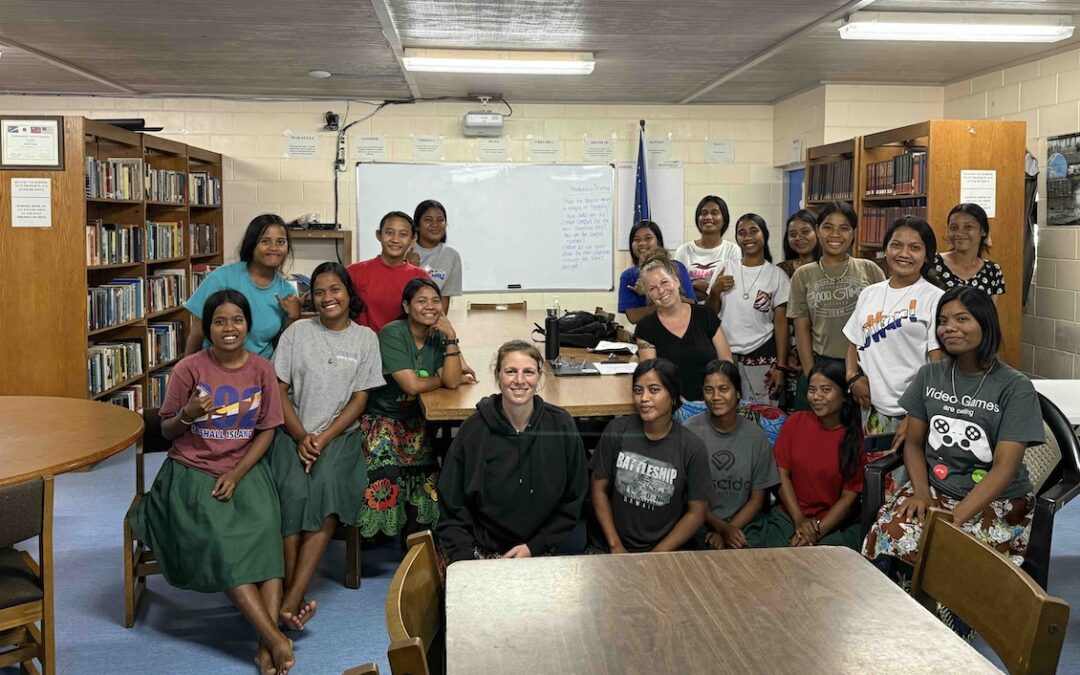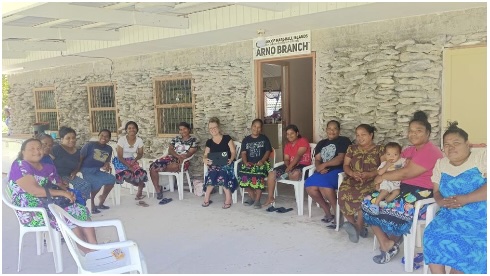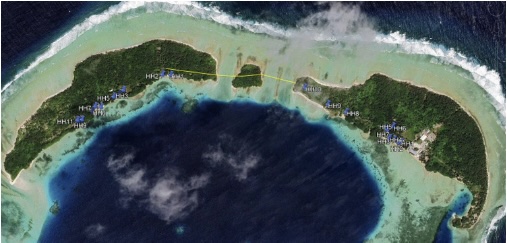Majuro, Marshall Islands – The RMI is taking a significant step towards a sustainable energy future through the Renewable Energy Generation and Access INcrease (REGAIN) project, generously funded by the World Bank (WB). This innovative project aims to enhance energy infrastructure in some of the most remote islands of the Pacific, bringing reliable and clean electricity to communities that have long struggled with limited power options.
Project Overview
Component 2 of the REGAIN project focuses on five key islands across the Marshall Islands: Arno, Ine, Jaluit, Wotje, and RongRong. While Kili Island is recognized as a potential future site, its inclusion is contingent upon formal transfer of power assets to the RMI Government, a key condition set by the World Bank. The goal is ambitious yet crucial – to install solar photovoltaic (PV) systems and battery energy storage systems that will reduce dependence on diesel fuel, lower greenhouse gas emissions, and improve electricity access for local communities.
A team of international consultants from Trama Tecnoambiental (TTA), along with their subconsultants, Kramer Asia Pacific, conducted comprehensive site visits in March 2025 to lay the groundwork for this critical project.
Island Snapshots
Arno and Ine, Arno Atoll
These islands, with approximately 280 residents, currently rely on individual solar home systems and have no centralized electricity grid. The team discovered that 70% of households primarily generate income from copra production, and most are eager for more reliable energy access.
Jabor, Jaluit Atoll
Home to about 569 residents, Jaluit already has a diesel mini-grid. The project aims to hybridize the existing power system, potentially reducing operational costs and environmental impact.
Wotje, Wotje Atoll
With around 661 residents and a boarding school hosting 250 students, Wotje presents a unique opportunity to demonstrate how renewable energy can support education and community development.
RongRong, Majuro Atoll
This small island, part of Majuro Atoll, is primarily centered around a high school and shows significant potential for renewable energy integration.
Kili Island
Kili Island is recognized as a potential future site for REGAIN. However, its inclusion is contingent upon the formal transfer of power assets and infrastructure to the RMI Government, a crucial requirement set by the WB.
Since late last year, MEC has been actively working to meet this condition. We have made significant progress in the discussions and preparations necessary for this transfer. Our goal is to present the legal transfer document, along with a comprehensive site assessment report, to the KBE Mayor and the Local Council, as well as the MEC Board and Cabinet within the next two months. We are optimistic that this will culminate in a signature from all parties involved, paving the way for Kili Island’s advancement in the REGAIN project.
Community Impact: More Than Just Electricity
The consultants discovered that this project promises to transform more than just energy infrastructure. It offers hope and opportunity for remote island communities.
Empowering Local Voices
In each community, the team conducted extensive focus groups and surveys, revealing remarkable insights:
- Youth Engagement: Students from Jaluit’s boarding school expressed excitement about potential training in solar energy, seeing it as a pathway to future careers. Both boys and girls showed keen interest in learning about renewable technologies, highlighting the project’s potential to inspire the next generation.
- Women’s Perspectives: Women across the islands emphasized how reliable electricity could dramatically improve their daily lives. In Arno, women noted potential for expanding small businesses like handicrafts and food sales, enabled by consistent power for sewing machines and refrigeration.
- Economic Transformation: The project could be a game-changer for these islands’ economies, where most households rely on copra production, reliable electricity could support:
- Enhanced food preservation
- Increased small business development
- Creation of new job opportunities
- Improved educational resources
- Potential for new income-generating activities
Addressing Real Challenges
The consultants uncovered critical community needs that extend beyond electricity:
- Water Security: In islands like Wotje, prone to drought, the solar project includes innovative solutions like using excess solar energy for reverse osmosis water desalination.
- Climate Resilience: Communities expressed concerns about climate change, seeing this renewable energy project as a step towards more sustainable living.
- Educational Support: The project plans to integrate solar installations with local schools, providing both infrastructure improvements and educational opportunities.
Connecting Communities
Perhaps most exciting is the potential for connectivity. In RongRong, an existing conduit running on the reef and underground between Rongrong and Jeltor – long dormant – could be revived, potentially connecting these isolated communities and expanding economic opportunities.
Looking Ahead
The REGAIN project represents more than just infrastructure development. It’s about empowering communities, supporting local economies, and creating a sustainable path forward for the Marshall Islands.
The next phases will involve detailed design, bidding preparations, and installation of these solar PV and battery storage systems on these islands. Stay tuned for more updates on this exciting journey towards a greener, more resilient RMI future. Thank you for your continued support!
REGAIN is Funded by the World Bank | Implemented by Marshalls Energy Company


